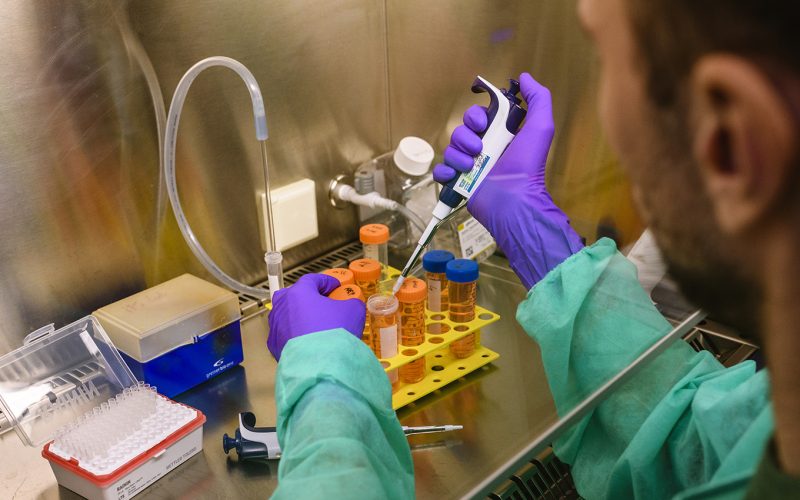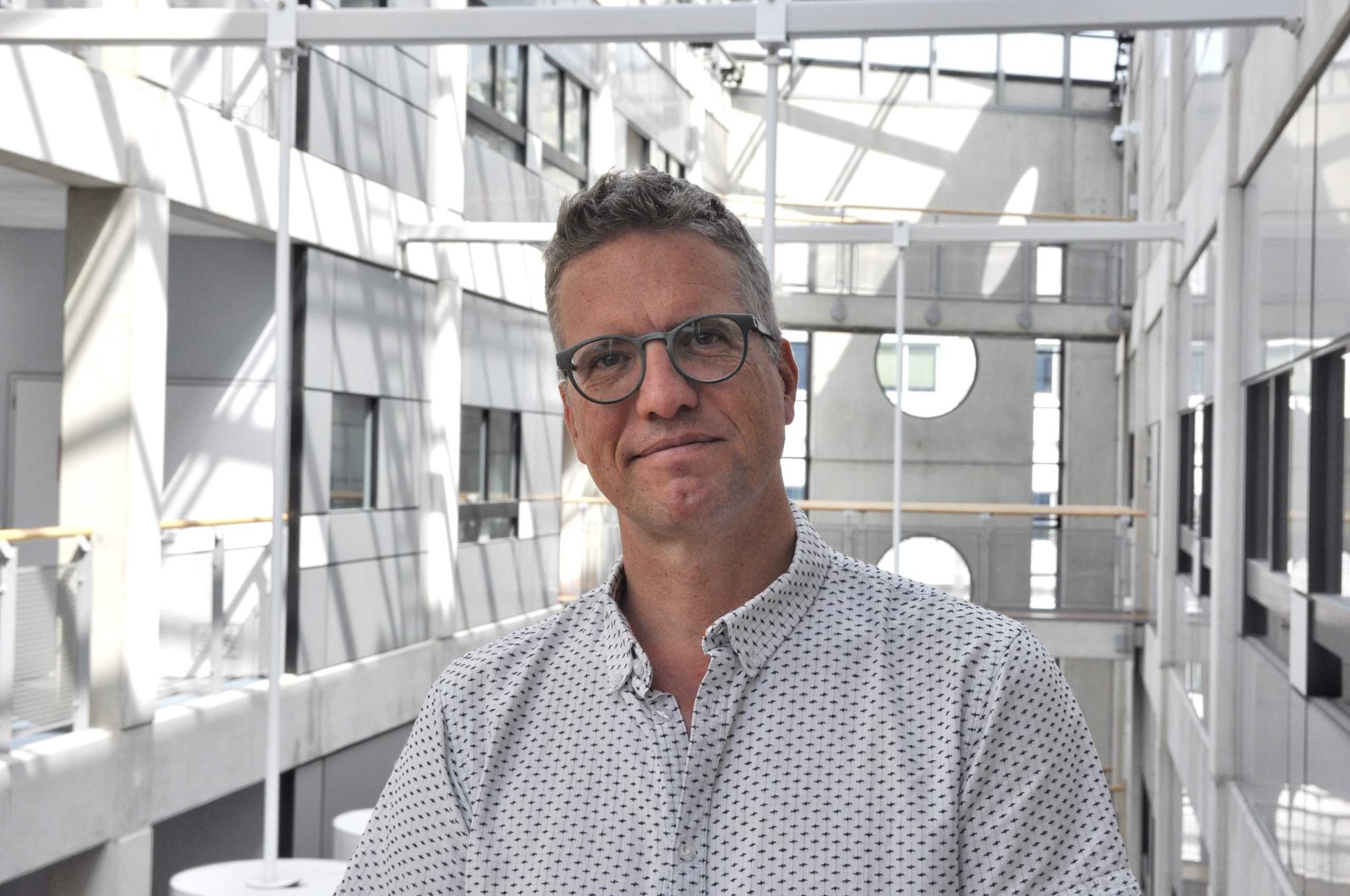The research group of Jeroen Pasterkamp, Professor of Translational Neuroscience and Scientific Director of the UMC Utrecht Brain Center, has investigated a genetic mutation that can cause ALS. Their research shows what goes wrong in the cells of ALS patients who have this mutation. The group’s findings have been published in the renowned scientific journal Nature Communications.
ALS is a progressive neurological disease that leads to the gradual degeneration of motor neurons in the brain and spinal cord. This causes patients to slowly lose the ability to move, speak, swallow, and eventually breathe. Globally, ALS affects approximately 2 in 100,000 people per year, and in the Netherlands, around 500 people are diagnosed annually. Most patients die within three to five years after the first symptoms appear.
Previous research has shown that an extension of a specific piece of DNA (a so-called ‘repeat expansion’) in the ATXN2 gene occurs in nearly 5% of ALS patients. This makes it one of the strongest genetic risk factors for the disease. The study conducted by Jeroen’s team focused on understanding what exactly happens in cells when someone has this DNA extension.
The researchers used mouse models and neurons and organoids derived from cells of ALS patients, comparing them with neurons and organoids made from cells of healthy donors. The results were striking: the neurons with the DNA extension exhibited damage to their axons and changes in their metabolism. Specifically, the researchers discovered that these cells produced less energy.
The researchers also crossed mice with this DNA extension with mice that already had a genetic predisposition to ALS. Jeroen Pasterkamp explains: “We observed that the symptoms of ALS appeared more quickly and more severely in these combined mice. This suggests that the extension of the ATXN2 gene may accelerate the ALS disease process.”
One of the research team’s most significant findings was that the extension in the ATXN2 gene not only led to changes in the neurons but also affected immune cells in the brain, the microglia. Pasterkamp explains: “These cells, which normally help clear waste products in the brain, were found to be less effective in this model, possibly contributing to the worsening of ALS.”
The research provides new insights into how genetic factors can increase the risk of ALS. By better understanding how this DNA extension specifically contributes to the disease, scientists can more effectively search for ways to halt or correct these processes, which could eventually lead to new treatments for ALS patients.
Although the findings are promising, Professor Pasterkamp emphasizes that much more research is needed. “It is still not entirely clear how these genetic changes lead to the effects we have observed,” he says. “We hope that our work will ultimately contribute to the development of new therapies targeting the extended ATXN2 gene or its effects.”
Jeroen Pasterkamp

